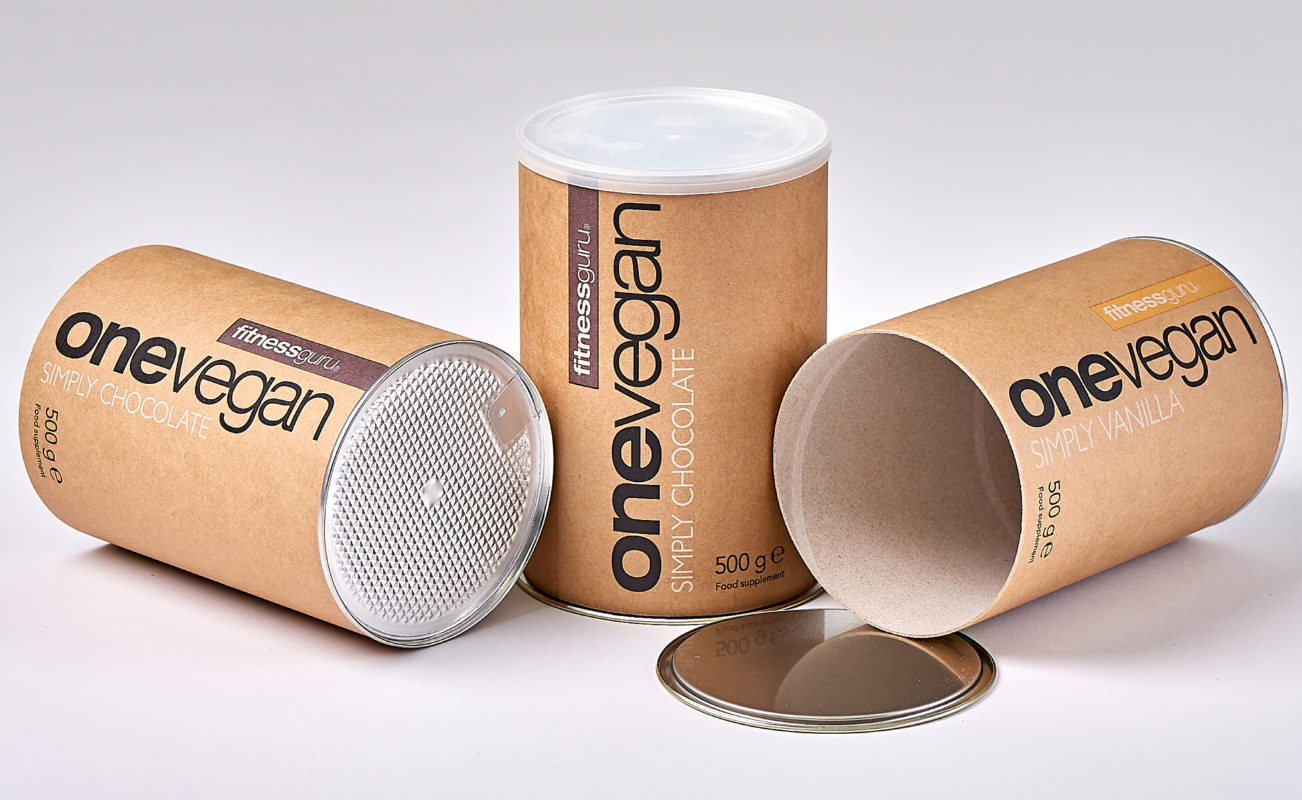5 Steps To Eco-Friendly Packaging
Environmental sustainability is a hot topic across the globe. With the recent dire IPCC report outlining a bleak future due to unmitigated carbon emissions and the COP26 summit held in Glasgow, the urgency around climate change is palpable.
Both businesses and consumers are awakening to the urgency for genuine action rather than mere rhetoric or token gestures. The focus is on taking tangible steps to minimize our environmental impact.
Transitioning to sustainable packaging stands as a significant move for many companies striving to embrace sustainability swiftly. Countless low-carbon alternatives are available without compromising quality or aesthetics. Here are four ways our manufacturing facility can assist in making your packaging more environmentally friendly:
1. Global Sourcing Efficiency
The transportation of packaging materials from distant regions, like the Far East, significantly contributes to carbon emissions in global freight shipping. A single shipment of paper tube boxes, approximately one container, shipped from the UK to Europe generates over 611kg of carbon emissions. Our factory, with production facilities in China, can dramatically reduce this environmental footprint. Shipments from our factory to Europe generate just over 215kgs of carbon emissions, alongside exponentially lower shipping costs from Europe. It’s a clear win-win scenario!
2. Recycling Power
Manufacturing new or virgin board consumes nearly twice as much energy as recycling post-consumer cardboard. Recycling cardboard yields 23 times fewer greenhouse gases than landfill decomposition and five times fewer gases than incineration. Our boards, sourced from 100% FSC-certified or 100% recycled post-consumer sources, bolster sustainability efforts. Opt for 100% recycled Wibalin paper for a fully recycled and recyclable box option.
3. Zero Contamination
Luxury boxes often come with extras like plastic inserts, magnetic closures, or plastic windows that complicate or even render the box unrecyclable. To maintain recyclability while retaining a luxurious appeal, we’ve developed innovative solutions. Our box inserts, made from rigid, folding, or corrugated boards, secure your bottle while remaining fully recyclable. We’ve also crafted alternatives to magnetic closures and devised methods to create die-cut apertures with finished edges, eliminating the need for acetate.
4. Offsetting Initiatives
Achieving a zero carbon footprint for new packaging is challenging. After adopting our lower-carbon options, you can offset remaining emissions through our partnership with Forest Carbon. This initiative calculates the carbon footprint of our production and offsets it by investing in carbon-sequestering projects like tree planting and peatland restoration.
5. Switch to Paper Tube Pacakging
Switching to paper tube packaging presents a multifaceted array of benefits that extend beyond mere cost savings. Unlike rigid paper boxes or folding cartons, paper tube boxes offer a more efficient use of materials and printing, resulting in reduced production costs and a lower carbon footprint.
The inherent design of paper tube packaging minimizes the volume occupied, especially when compared to boxes of similar dimensions. This compactness translates to a significant advantage in terms of shipping expenses. The smaller volume of paper tube boxes ensures more efficient use of space during transportation, thereby reducing shipping costs substantially.
Moreover, the streamlined nature of paper tube packaging not only optimizes material usage but also contributes to environmental sustainability. By requiring fewer resources for production, these packaging solutions inherently reduce waste and promote eco-friendly practices. The minimized use of materials and printing in paper tube boxes aligns with a commitment to environmental conservation, making it a prudent choice for businesses aiming for greener alternatives.
In essence, the transition to paper tube packaging offers a comprehensive solution that encompasses cost-effectiveness, reduced environmental impact, and logistical efficiency, making it a compelling choice for businesses seeking a sustainable packaging option.
In the realm of packaging, sustainability is no longer an afterthought but a critical consideration. The evolution in packaging practices aligns with the growing global concern for the environment. Businesses are recognizing the pivotal role packaging plays not only in protecting their products but also in reducing their environmental impact.
With a clear focus on eco-friendly practices, it's evident that the shift towards sustainable packaging involves a multipronged approach. From global sourcing efficiency to the power of recycling, the journey towards sustainability encompasses various facets.
Innovative solutions, such as recyclable materials and streamlined designs, emerge as pivotal in striking the balance between functionality and environmental responsibility. This harmonious blend allows for packaging that not only safeguards products but also aligns with sustainable practices.
Moreover, the commitment to offset residual carbon footprints through partnerships that focus on carbon sequestration projects reinforces the dedication to a greener future.
As industries continue their quest for environmentally conscious practices, the transformative power of eco-friendly packaging stands as a beacon of hope, steering businesses towards a more sustainable and responsible future.
 English
English Español
Español Português
Português Pусский
Pусский Français
Français Deutsch
Deutsch 日本語
日本語 한국어
한국어 Italiano
Italiano عربى
عربى
